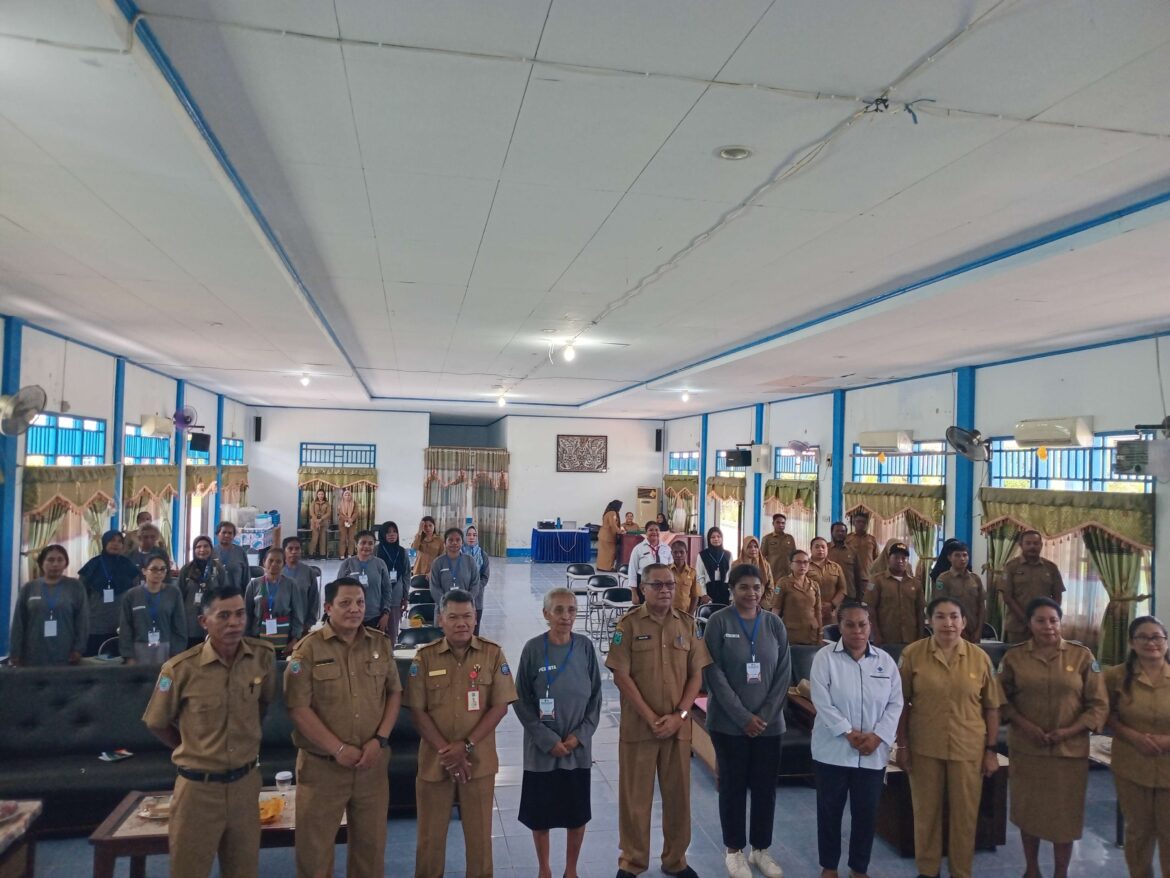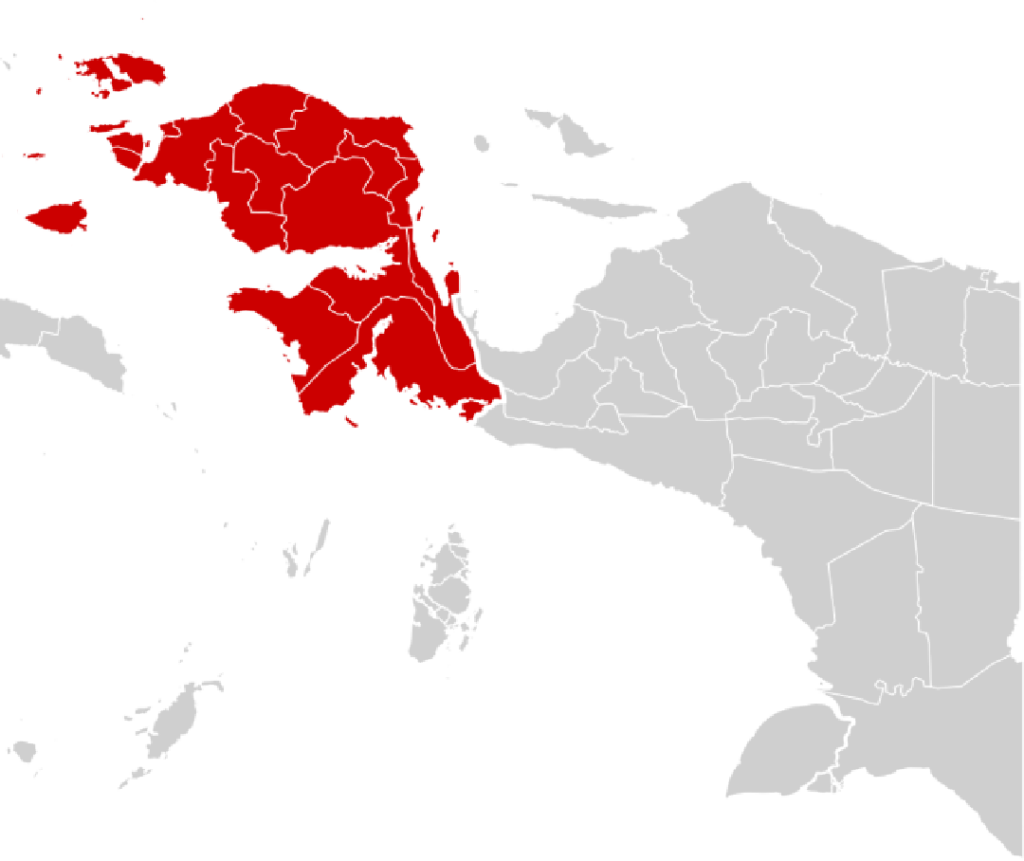In the remote and stunningly beautiful Raja Ampat archipelago, known worldwide for its pristine reefs and vibrant marine biodiversity, another kind of transformation is quietly unfolding—one stitched with patience, determination, and hope. It is a story of empowerment and resilience, told through the rhythmic hum of sewing machines and the deft hands of women who are rewriting their destinies.
At the heart of the article is a group of determined housewives from Raja Ampat, many of them indigenous Papuan women (Orang Asli Papua, or OAP), who recently took part in a comprehensive sewing training program organized by the local government’s Department of Cooperatives and Small and Medium Enterprises (SMEs). The program is more than a vocational class—it is a beacon of economic opportunity and social upliftment for women whose lives have long been shaped by isolation, limited resources, and traditional gender roles.
Sewing Beyond Fabric: The Genesis of a Workshop
The sewing workshop, which kicked off on 22 September 2025 and lasted until 14 October 2025 at the Salome Syeben Women’s Building in Waisai, was designed with a clear purpose: to equip local women with marketable skills that could generate sustainable income while preserving the rich cultural heritage of Papua. Sixteen participants—thirteen OAP and three non-OAP—were carefully selected to undergo an intensive 20-day course led by expert instructor Loisa Elisabeth Kambu from the Sorong Vocational Training Center.
From the outset, the atmosphere buzzed with anticipation and excitement. For many of these women, this was not just an opportunity to learn a new craft but a chance to challenge long-standing economic barriers. The curriculum covered everything from the basics—threading needles and operating sewing machines—to advanced skills like pattern making and fabric cutting, culminating in practical exercises that encouraged creativity and entrepreneurship.
One participant, Maria Kambu, shared her aspirations: “I want to make clothes not just for my family but to sell to others. This training gives me hope that I can support my children and help our community.” Maria’s words resonate deeply in Raja Ampat, where economic opportunities for women have traditionally been scarce.
Weaving Culture into Commerce
What makes this initiative particularly powerful is how it intertwines skill-building with cultural preservation. Papua’s indigenous communities have a rich legacy of unique textiles, vibrant motifs, and traditional garment styles. By learning sewing skills, these women are not only crafting products but also safeguarding their heritage.
Local government officials, including Ir. Wahab Sangaji, Assistant II of Economic and Development Affairs in Raja Ampat, have underscored this dual mission. “Sewing is more than a skill,” he explained during the workshop’s inauguration. “It is a way to preserve our identity and provide economic opportunities at the same time.” He emphasized that developing the sewing industry could significantly boost local UMKM (micro, small, and medium enterprises) and attract tourism, ultimately contributing to Raja Ampat’s economic diversification. “This capacity building will continue to be carried out until it reaches all Indigenous Papuans spread across 117 villages in Raja Ampat Regency,” he said.
The government’s vision includes fostering entrepreneurship where traditional designs meet contemporary markets. Women trained in sewing will be encouraged to create products that appeal to tourists and the wider Indonesian market, including batik-inspired fabrics, hand-embroidered accessories, and custom garments that celebrate Papuan art and stories.
Overcoming Challenges: Access to Capital and Markets
However, skill acquisition is just the beginning. Post-training, many participants face the challenge of turning their newfound abilities into viable businesses. Access to capital remains a critical hurdle. Without startup funds to purchase materials, sewing machines, or market their products, many women risk slipping back into economic vulnerability.
Community leaders and local authorities acknowledge this gap. Discussions have been underway to create microloan programs and business development services tailored to these new artisans. “Providing sewing skills is essential, but giving them access to capital and markets is equally important,” said a local cooperative official. “We want to ensure that after the workshop, these women don’t just have skills—they have the tools to succeed.”
Besides financing, establishing reliable supply chains and finding buyers beyond their immediate communities are vital steps. In response, the Raja Ampat government has committed to organizing craft fairs, linking producers with tourism businesses, and promoting their products online to reach wider audiences.
Sewing as Part of a Larger Economic Empowerment Movement
The sewing workshop is part of a broader governmental strategy to foster economic empowerment in Raja Ampat. The Department of Cooperatives and SMEs has been proactive in providing diverse vocational training opportunities, including fish processing, culinary arts, and traditional crafts. These efforts aim to reduce poverty and create a sustainable economy that supports all residents, especially marginalized groups like women and indigenous peoples.
The emphasis on empowering women reflects a growing recognition of their central role in community development. By enhancing women’s economic status, the program seeks to improve family welfare, education access for children, and overall social stability.
One of the striking outcomes of these initiatives is the growing sense of confidence and independence among participants. Many women reported increased self-esteem and aspirations beyond domestic chores. As one trainee put it, “I now see myself not just as a housewife, but as a businesswoman who can contribute to my family and society.”
Community Impact: Ripples Beyond Sewing
The impact of the sewing training extends beyond individual participants. Families benefit as women generate additional income, contributing to food security, healthcare access, and education expenses. Communities experience economic stimulation as locally produced goods circulate within markets, reducing dependency on imported products.
Moreover, the program fosters social cohesion by bringing together women from different villages and backgrounds. Through shared learning and collaboration, participants build supportive networks that encourage mutual growth and resilience.
Such initiatives also serve as a counter-narrative to the challenges Papua faces, including social conflicts and economic disparities. By focusing on constructive development projects, Raja Ampat sets an example of hope and progress rooted in local strengths and aspirations.
Looking Ahead: Sustaining the Momentum
To ensure lasting impact, sustainability is key. Stakeholders are exploring ways to institutionalize such training programs, integrate entrepreneurship education, and enhance infrastructure for production and marketing.
Incorporating digital literacy into future training can help artisans leverage online platforms, connecting Raja Ampat’s craftsmanship to national and international markets. Collaboration with NGOs and private sector partners could bring in additional expertise, funding, and exposure.
Furthermore, ongoing mentorship and refresher courses can help women refine their skills, innovate product lines, and adapt to market trends.
Conclusion
In the enchanting islands of Raja Ampat, a humble sewing machine has become a symbol of transformation. Through dedicated training programs, housewives are acquiring not only new skills but also renewed purpose and economic agency. Their hands, once confined to household chores, now craft garments and dreams alike—threads that weave a tapestry of empowerment, culture, and community progress.
The Raja Ampat government’s commitment to uplifting women through vocational training and economic inclusion reflects a broader vision: a future where Papua’s people thrive with dignity, prosperity, and cultural pride. As these women stitch together fabric and futures, they embody the resilient spirit of Papua—rich in heritage, hopeful in progress, and united in purpose.


